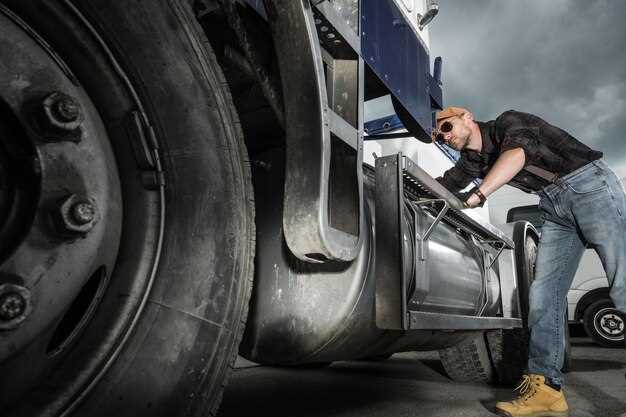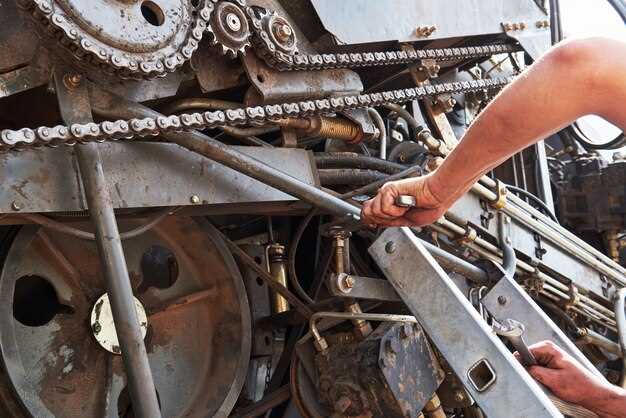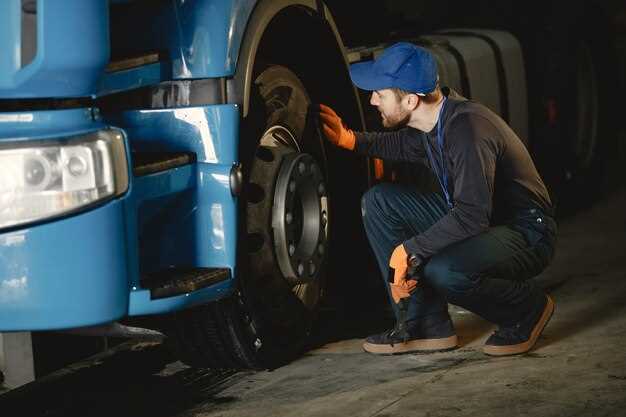
Lifted trucks have become a popular choice among off-road enthusiasts and those looking to enhance their vehicle’s performance. However, the modification process that elevates these trucks doesn’t come without its challenges. Understanding the common drivetrain problems associated with lifted trucks is crucial for owners who wish to maintain their vehicle’s reliability and functionality.
The drivetrain of a lifted truck is essential for transferring power from the engine to the wheels. When trucks are lifted, the angles and component alignment can change significantly, leading to various issues. Misalignment, increased wear, and potential damage to crucial systems are just a few of the complications that can arise. Addressing these problems early can save truck owners time and money in the long run.
This article aims to explore the frequent drivetrain problems found in lifted trucks, providing insight into their causes, symptoms, and potential solutions. By understanding these challenges, owners can take proactive steps to ensure their lifted truck remains in optimal condition for both everyday use and off-road adventures.
Identifying Vibrations and Noise in Lifted Truck Drivetrains

Lifted trucks often face unique challenges related to vibrations and noise in their drivetrains. These issues can arise due to alterations in suspension geometry, drivetrain angles, and component stress levels resulting from the lift. It is crucial for truck owners to recognize and address these problems early to ensure safe and efficient operation.
One common source of vibration in lifted trucks is the drive shaft. When a truck is lifted, the angle of the drive shaft can change, leading to increased wear and potentially causing vibrations during acceleration or deceleration. Checking the drive shaft alignment is essential to pinpoint these vibrations. If misalignment is detected, adjustments or replacement of components may be necessary.
Another potential source of noise is the differential. A lifted truck may put additional stress on the differential gears, leading to abnormal sounds such as whining or clunking. These noises can indicate insufficient lubrication, damaged gears, or incorrect gear ratios. Regular inspection of the differential fluid and gear condition is vital for preventing further damage.
Vibrations may also originate from the tires. The larger tire sizes used on lifted trucks can introduce imbalance, especially if they are not properly mounted or if the wheels are not correctly aligned. A simple tire rotation or alignment might resolve the issue. Additionally, inspecting tires for wear patterns can provide insights into potential underlying problems.
Lastly, the suspension system’s condition plays a crucial role in vibration control. Worn-out bushings or shocks can lead to excessive movement and instability, amplifying vibrations felt throughout the vehicle. Regular maintenance of the suspension components is essential to maintain ride quality and minimize noise in lifted trucks.
Assessing the Impact of Lift Kits on Drivetrain Alignment
When trucks are lifted, the installation of lift kits can significantly alter the vehicle’s drivetrain alignment. This shift occurs because raising the body of the truck affects the angles of key components, including the axles and driveshafts. Proper alignment is crucial for the optimal performance and longevity of the drivetrain.
One of the primary issues associated with lifted trucks is the change in the pinion angle. With a lift kit, the rear axle often tilts downward, altering the angle at which the driveshaft connects to the axle. If the angle is too steep, it can lead to excessive wear on the U-joints, resulting in vibrations during acceleration and, in severe cases, drivetrain failure.
Another critical aspect to consider is the front axle alignment. Lift kits can cause changes in the caster and camber angles, which directly impact steering stability and handling. An incorrect caster angle may lead to difficulties in steering and increased tire wear, which can compromise the safety and driveability of the lifted truck.
Additionally, the height increase from lift kits can cause stress on the suspension components. When the alignment is not adjusted post-installation, it can lead to uneven tire wear and can adversely affect the overall drivability. It is essential to have the vehicle aligned properly after a lift kit installation to prevent these issues.
To ensure the longevity of the drivetrain and the overall performance of lifted trucks, regular checks and adjustments of drivetrain alignment are recommended.
In summary, understanding the impact of lift kits on drivetrain alignment is vital for truck owners. Addressing these alterations through proper alignment techniques can mitigate potential problems and enhance the driving experience.
Preventive Maintenance Tips for Lifted Truck Drivetrains

Maintaining the drivetrain of lifted trucks is essential to ensure optimal performance and prevent costly repairs. Here are some effective preventive maintenance tips to keep your lifted truck running smoothly:
1. Regularly Inspect Your Drivetrain Components
Conduct visual inspections of critical components such as drive shafts, U-joints, differential, and transfer case. Look for signs of wear, cracks, or leaks. Addressing minor issues before they escalate can save you time and money.
2. Check Fluid Levels and Conditions
Ensure that all drivetrain fluids, including transmission fluid, differential oil, and transfer case fluid, are at optimal levels. Change these fluids regularly according to the manufacturer’s recommendations. Clean fluids help maintain the health of your drivetrain.
3. Monitor Tire Alignment and Balance
Lifted trucks can experience changes in alignment due to increased height. Periodically check your tire alignment and balance to ensure even tire wear and smooth drivetrain operation. Misalignment can lead to excessive strain on drivetrain components.
4. Pay Attention to Noise and Vibrations
Unusual sounds or vibrations while driving can indicate a potential problem within the drivetrain. If you notice anything unusual, investigate further. Early detection of issues can prevent more severe damage.
5. Maintain Proper Lift Kit Installation
Ensure that your lift kit is installed correctly and that all parts are compatible with your truck’s drivetrain. An improper installation can cause stress on critical components, leading to premature failure. Consult a professional if unsure about the installation.
6. Schedule Regular Professional Inspections
Engaging a qualified mechanic for regular drivetrain inspections can catch issues that may go unnoticed. Professionals can provide insights and recommendations to extend the lifespan of your lifted truck’s drivetrain.
7. Upgrade Components as Needed
Consider upgrading drivetrain components to handle the increased demands of a lifted truck. High-performance parts may enhance durability and performance, especially if you frequently drive off-road or haul heavy loads.
Implementing these preventive maintenance tips will not only enhance the performance of your lifted trucks but also extend the lifespan of the drivetrain, ultimately providing a smoother and safer driving experience.




